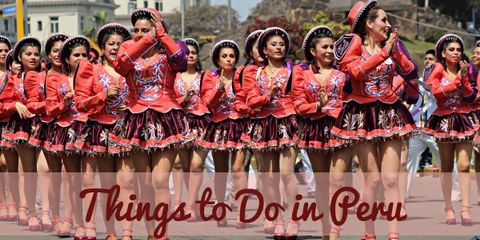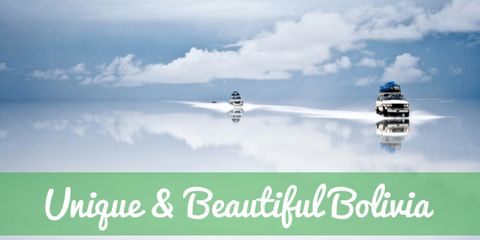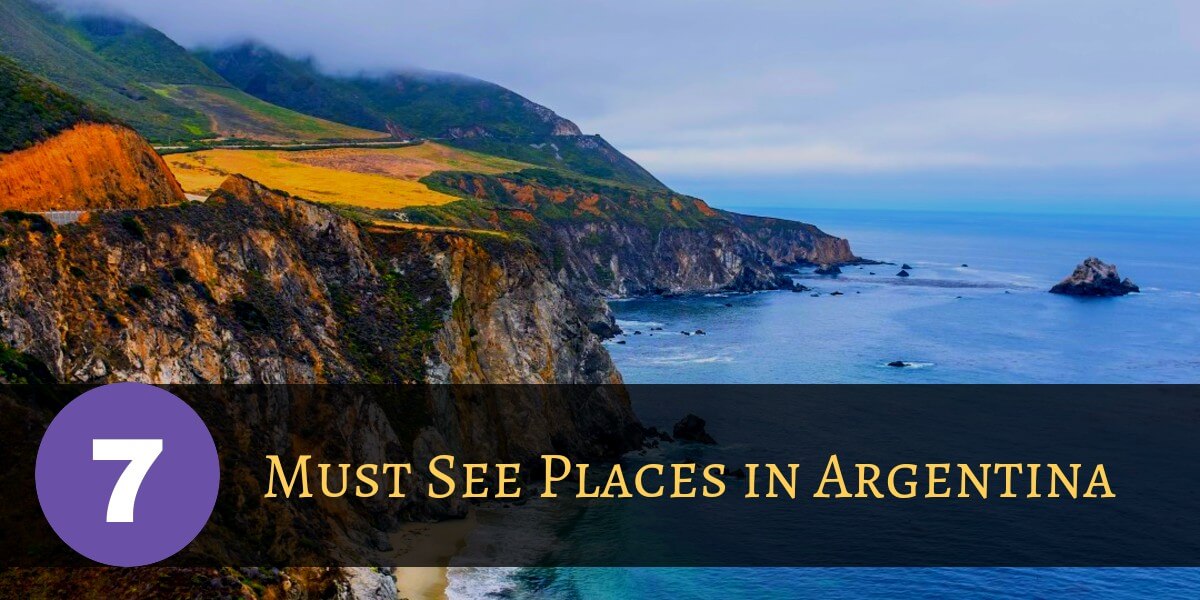
7 Spectacular Reasons to Visit Argentina Now
One of the words you might use to describe Argentina is spectacular! It’s a huge country, making up most of southern South America. There are colossal glaciers, huge waterfalls, wide open deserts. Add some tango, an authentic asado (barbeque) and the local Malbec wine – and you will know why Argentina is such a great tourist destination.
Some questions you may be asking are, “Why should I visit Argentina?” or “What are the best places to visit in Argentina?” or “When the best times are to visit Argentina?” or even “Is it worth visiting Argentina?”
I hope my list will give you some leads. And I hope that they will whet your appetite enough to find out more – and, better yet, pack your bags and go there!
Of course, you will want to visit Buenos Aires, but perhaps you might want to add a slightly more adventurous itinerary? If so, here is my list of some of the best places to visit in Argentina:
Plan to spend at least a week or two - the distances are vast. But there are tourist coaches or flights that connect the main attractions.
Iguazú Falls
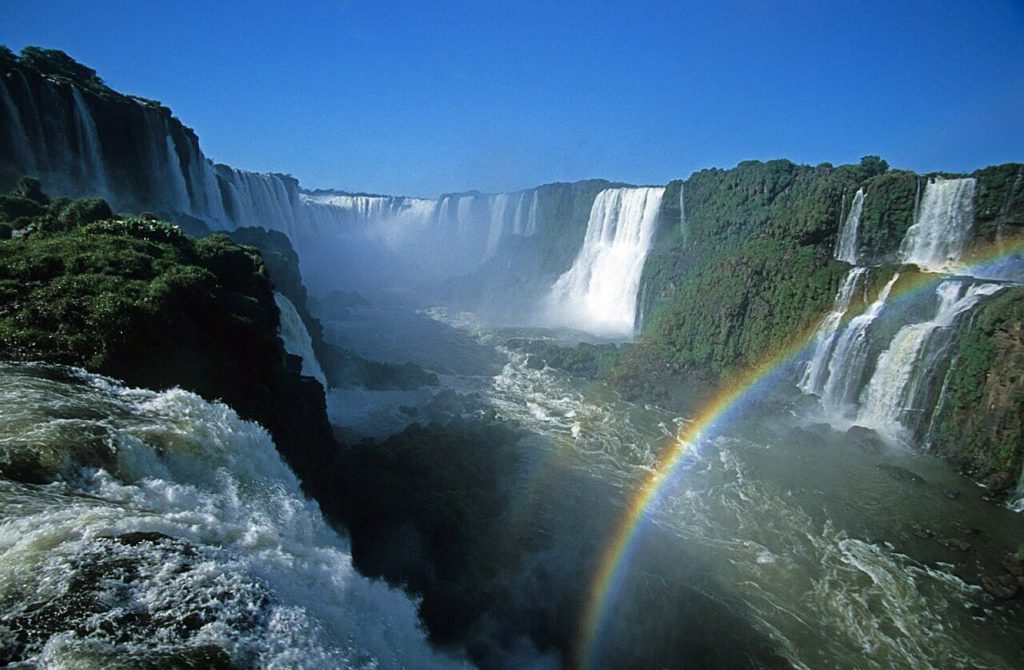 These falls on the border between Argentina and Brazil are a must-see. They are part of two UNESCO World Heritage sites: the Iguazú National Park in Argentina and the Iguaçu National Park in Brazil. This is the largest waterfall system in the world, made up of 275 individual drops, nearly 3 kilometers wide and between 60 and 82 meters high. This is taller, twice as wide and with twice the annual flow of water of the Niagara Falls. It’s probably not surprising, then, that the name means “big water” in the Tupi or Guarani language, where it originated.
These falls on the border between Argentina and Brazil are a must-see. They are part of two UNESCO World Heritage sites: the Iguazú National Park in Argentina and the Iguaçu National Park in Brazil. This is the largest waterfall system in the world, made up of 275 individual drops, nearly 3 kilometers wide and between 60 and 82 meters high. This is taller, twice as wide and with twice the annual flow of water of the Niagara Falls. It’s probably not surprising, then, that the name means “big water” in the Tupi or Guarani language, where it originated.
One of the most spectacular sights is the u-shaped chasm called Devil’s Throat. It is 82 meters high, 150 meters wide and 700 meters long. There’s a walkway for you to get right above this section to view the power of nature. Or you can take a trip on the Jungle Train that has stops in little stations along the way so that you can see different sections of the falls.
It’s hard to describe quite how magnificent these falls are – so I’ve added a video for you to watch. You’ll recognize Devil’s Throat.
Remember to make time to also explore the surrounding tropical rainforest with 80 different mammals and 2,000 plant species.
It’s easy to get to the falls as there are regular flights from both Buenos Aires in Argentina and Rio de Janeiro in Brazil. The best time to visit is in spring or autumn. Summers are too hot and humid, and in winter the water level drops too low.
Tierra del Fuego National Park
 Patagonia is known as the world’s last real wilderness. Choose your own way to explore it including horseback riding, trekking or kayaking and enjoy a visit to Tierra del Fuego National Park.
Patagonia is known as the world’s last real wilderness. Choose your own way to explore it including horseback riding, trekking or kayaking and enjoy a visit to Tierra del Fuego National Park.
This park covers an area of 63,000 hectares. It has mountains, glaciers, and dense forests – unfortunately much of it inaccessible to visitors. However, visitors can take wonderful hikes – like the Hito XXIV trail along the border with Chile, or the Cerro Guanaco trail. This is for the fit, as it requires walking through bog and scaling steep inclines. This trail ends at the top of a mountain, with wonderful views across the Beagle Channel and the Darwin Mountains – so the physical effort is worth it!
The less fit (this includes me!) can take the “End of the World Train” from Ushuaia through the Pica Valley, learn about the native Yamana people and view the spectacular scenery. The train follows the route previously taken by prisoners to chop wood in the forests to prevent themselves from freezing in the jail! Have a quick look at what this train looks like here.
Ushuaia – the end of the world
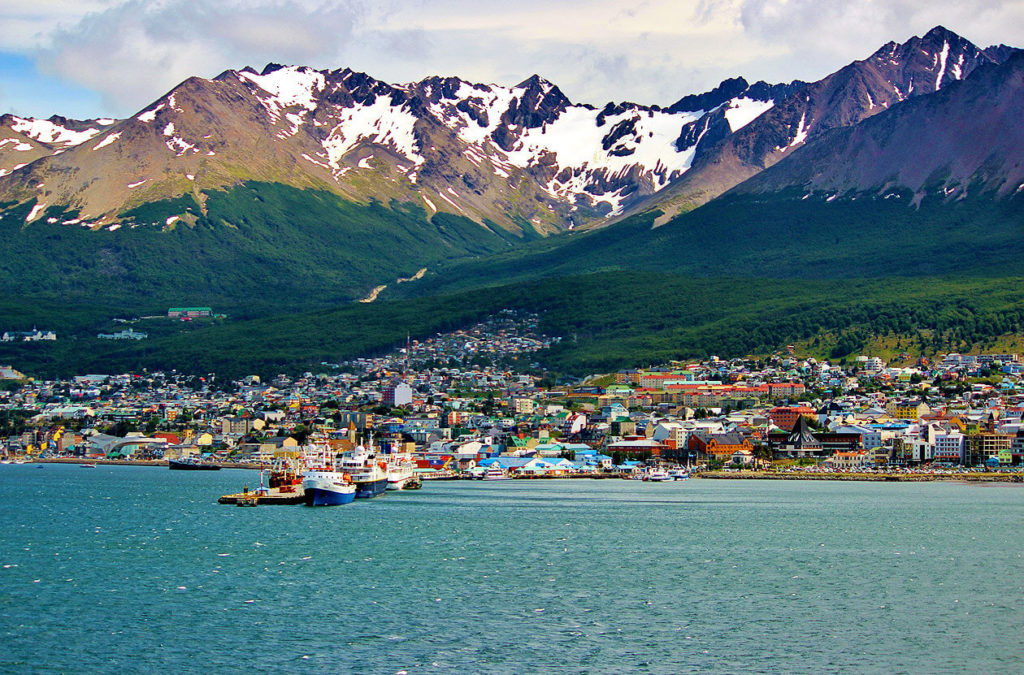 Ushuaia is built at the tip of Tierra del Fuego Island, surrounded by the Martial Mountains and the Beagle Channel. So, you can take in mountains, sea, and forests all in one place. It’s the southernmost city in the world – often called “The End of the World”. It’s a wonderful place to visit, as it is the gateway to the cruises to the Antarctic – so there are always tours and tourists and a vibe! Take a sail through the Beagle Channel, a beautiful passageway separating islands of the Tierra del Fuego archipelago, and visit Penguin Island to walk with a colony of Magellanic penguins.
Ushuaia is built at the tip of Tierra del Fuego Island, surrounded by the Martial Mountains and the Beagle Channel. So, you can take in mountains, sea, and forests all in one place. It’s the southernmost city in the world – often called “The End of the World”. It’s a wonderful place to visit, as it is the gateway to the cruises to the Antarctic – so there are always tours and tourists and a vibe! Take a sail through the Beagle Channel, a beautiful passageway separating islands of the Tierra del Fuego archipelago, and visit Penguin Island to walk with a colony of Magellanic penguins.
This is the place to visit if you want to ski, snowboard, sled or snowshoe. It has the longest skiing season in South America, typically from June to October. Cerro Castor is the southernmost fully fledged ski resort in the world – and there are places where you can ski at just 200 meters above sea level.
Take a city tour to view the historic old town, the museum that used to be the jail, and Bahia Encerrada, a bay that becomes an ice rink in winter.
Los Glaciares National Park and Perito Moreno Glacier
 This park is another World Heritage site in Argentina and shares a border with Chile. It is 600,000 hectares in size – and most of it is ice and glaciers – 47 glaciers in total. It is part of the Patagonian ice cap. What’s amazing about this area is that the glaciers form at levels as low as 1500 meters above sea level and descend to 200 meters to the lakes. Most glaciers in the world are at 2,500 meters and therefore inaccessible to tourists.
This park is another World Heritage site in Argentina and shares a border with Chile. It is 600,000 hectares in size – and most of it is ice and glaciers – 47 glaciers in total. It is part of the Patagonian ice cap. What’s amazing about this area is that the glaciers form at levels as low as 1500 meters above sea level and descend to 200 meters to the lakes. Most glaciers in the world are at 2,500 meters and therefore inaccessible to tourists.
The most impressive is Perito Moreno Glacier – 5 km wide and 60 meters tall. It looks like thousands of crystal palaces closely packed together. This massive body creeps along at six and a half feet per day. You can go out to listen to the sounds of ice cracking and to watch huge icebergs “calve” from the walls of the glacier. Somebody said, “It sounds as if there is a war going on.”
Watch this video of an ice bridge collapsing and this one of a huge sheet of ice “calving”. Together with the massive size of the glacier, these are most certainly spectacular sights worth traveling to see. If you’re adventurous and fit, you can even hike across portions of the glacier.
The park is situated in the southwestern part of Santa Cruz Province – and you can reach it from the small town of El Calafate which has its own airport. (The town is named after a thorny bush that is typical to the area – and the tradition is that those who eat the purple fruit of this plant will always return to Patagonia.)
The weather is very unpredictable, but usually, the best time to visit this area is between November and April.
El Chaltén and Mount Fitz Roy
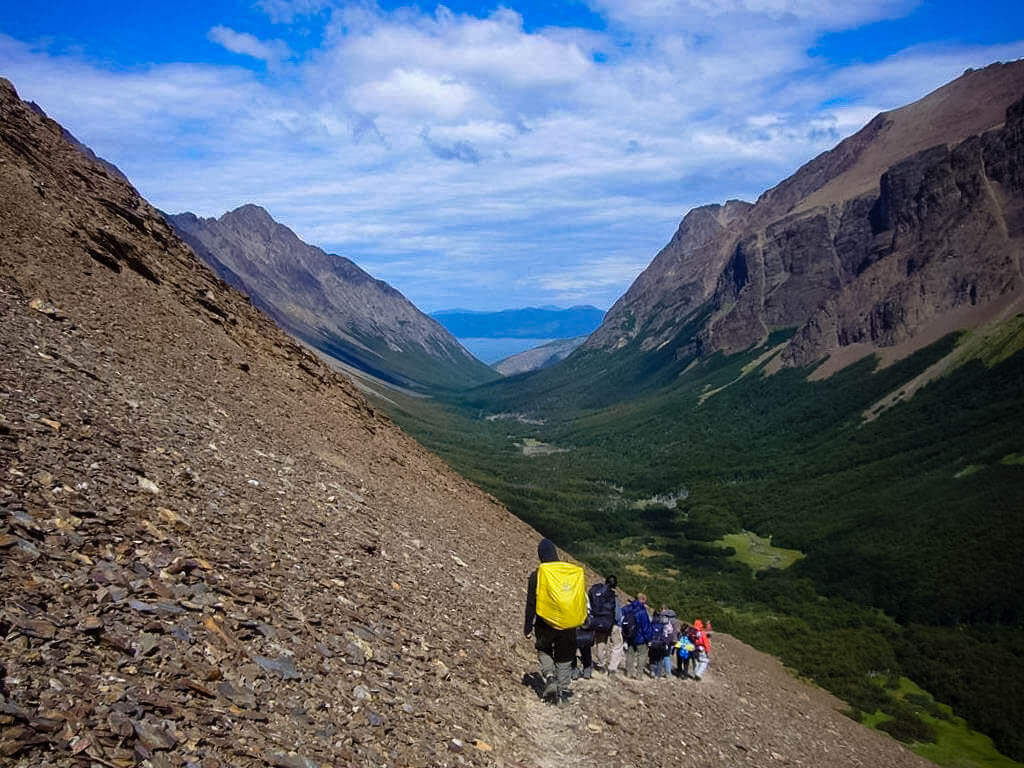 El Chaltén is a relatively new mountain village, located in Los Glaciares National Park. It was built in 1985 to help secure a disputed border with Chile. Today the sole reason for its existence is tourism. It is 220 km north of El Calafate.
El Chaltén is a relatively new mountain village, located in Los Glaciares National Park. It was built in 1985 to help secure a disputed border with Chile. Today the sole reason for its existence is tourism. It is 220 km north of El Calafate.
It is now known as the trekking capital of Argentina, with world-class hiking trails. This is the best place to visit if you like a remote place, where you can get away from everything for a while! It has limited tourist accommodation and amenities, such as cell phone service. However, it was ranked second in the 2014 Lonely Planet travel guide as “the best cities in the world to know”.
For mountain climbers, the big attraction is Mount Fitz Roy, in the north of the park. It is one of the most challenging mountain climbs in the world. It is also a stunning landmark, often shrouded in clouds and turning beautiful shades of yellow to red when the sun rises. You can catch a glimpse from the nearby town of El Chaltén, but the best views are from the hiking trails. So, be ready for an early morning hike and have your compact camera ready! The trails range in difficulty, so check with the locals before you leave.
Mendoza
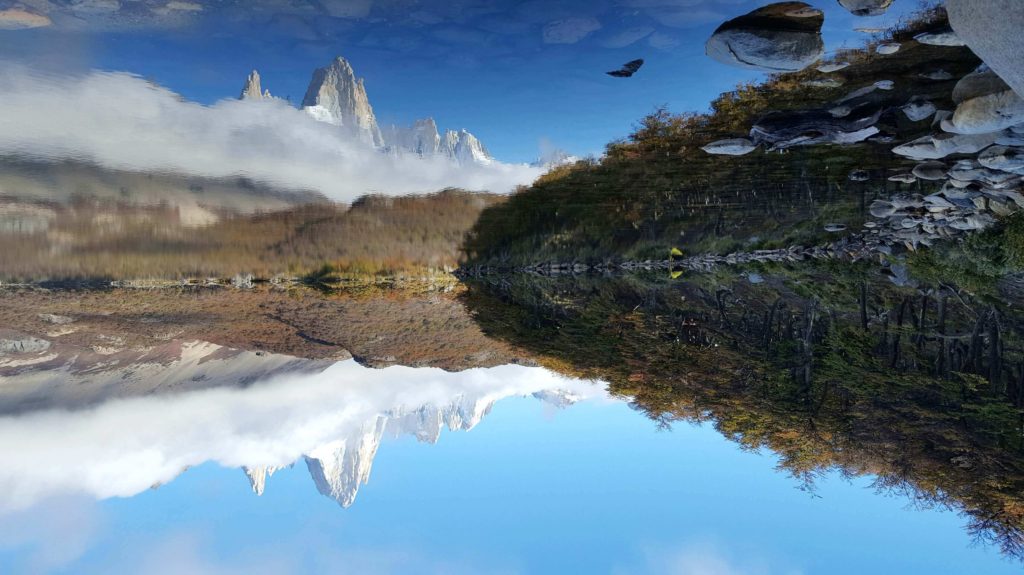 Mendoza is at the base of the Andes mountains and is something of an oasis with its tree-lined streets and squares and its multiple canals. is a great destination, not only for its own sights, sounds, and nightlife but also because it allows you to take numerous day trips to other places of interest.
Mendoza is at the base of the Andes mountains and is something of an oasis with its tree-lined streets and squares and its multiple canals. is a great destination, not only for its own sights, sounds, and nightlife but also because it allows you to take numerous day trips to other places of interest.
The Mendoza area is the wine capital of Argentina, so wine tours are high on the list of things to do. Chardonnay, Malbec and cabernet sauvignon grapes all thrive at the 3,820-foot (1,000-meter) elevation of Luján de Cuyo, in the upper Mendoza Valley. You can try one of the smaller family-run wineries like Bodega Carmelo Patti, in Luján de Cuyo.
Trapiche, Zuccardi, and López are big-name wineries in the Maipú region, about 15km southeast of Mendoza. Or visit Vines of Mendoza in the Uco Valley – and plan to have a meal in their prize-winning Siete Fuegos restaurant.
I also loved visiting the olive oil factories (olivicolas) in the Maipú region. A great memory is of a picnic there, with a few glasses of the famous Malbec wine, in a peaceful place with views of the mountains. (Maybe that’s why I’ll go back – not because I ate any purple fruit!)
Parque Nacional Aconcagua and Mount Aconcagua – The Roof of the World
 Less than 200km from Mendoza City, near the border with Chile, is the “Roof of the Americas” – the Andes Mountains and the Parque Nacional Aconcagua. This area is great for sports and especially for camping, trekking, and climbing. If you’re not a sports person, you will still love this area for its archeological sites. Or you can be part of photographic safaris – be on the look-out for the Andean condor, a type of vulture, that is a national symbol of several South American countries, including Argentina.
Less than 200km from Mendoza City, near the border with Chile, is the “Roof of the Americas” – the Andes Mountains and the Parque Nacional Aconcagua. This area is great for sports and especially for camping, trekking, and climbing. If you’re not a sports person, you will still love this area for its archeological sites. Or you can be part of photographic safaris – be on the look-out for the Andean condor, a type of vulture, that is a national symbol of several South American countries, including Argentina.
The most iconic mountain in the Andes range is Mount Aconcagua. It is one of the Seven Summits – the highest peaks in each of seven continents. Summiting all of them is a mountaineering challenge, first achieved in 1985 by Richard Bass. Mount Aconcagua is second highest of these summits– after Everest. Its 2 peaks, the North Peak, and the South Peak are both just below 7,000 meters above sea level.
It’s an interesting mountain, because it is surprisingly accessible, even for non-technical climbers, as there are large areas not covered by snow and ice. However, it shouldn’t be underestimated.
The most commonly attempted climb via the “Normal Route”, will take about 18 days, and summit temperatures are likely to be lower than -20 degrees Celsius, even in the summer, together with winds of more than 50mph. And of course, any activity at this altitude takes a lot of effort. The most difficult climb is up to the glacier on the north-east side – the Polish Glacier.
Even if you are not a climber, it is worth taking a coach tour along the Pan American Highway to view this mountain. Along the way, stop off at Uspallata, a pre-Hispanic aboriginal settlement and see the archeological remains at this southernmost point of the Inca Empire in Argentina.
You will also see the villages of Picheuta, Polvaredas, Punta de Vacas, and the unique natural arch formed by hot water springs – the Puente del Inca (the Incas’ Bridge). At the Penitentes ski resort, you can take the ski-chair lift to get the best panoramic view of the Andes range.
So, what are the best places to visit in Argentina? We’ve given just 7 reasons to show you why you should visit Argentina. Perhaps they are enough to help you to pack your bags and take a trip to this magnificent part of the world.
Written By Kate Mark

Kate is a mid-lifer who quit a growing corporate career to reawaken her passions and her lifelong dream of traveling the world.
